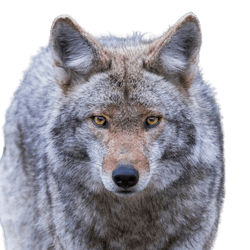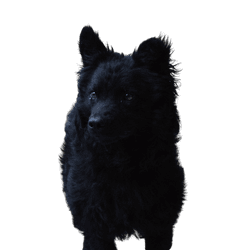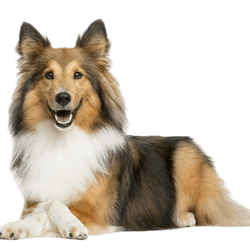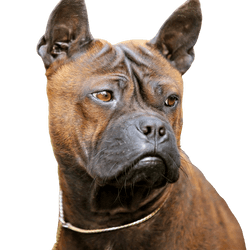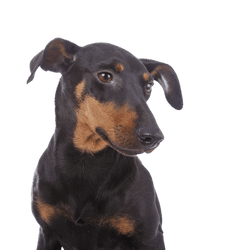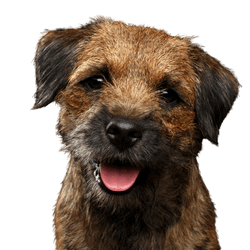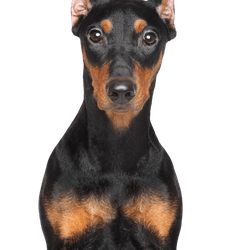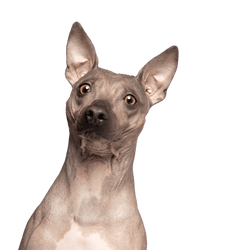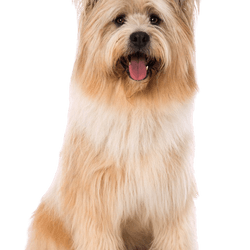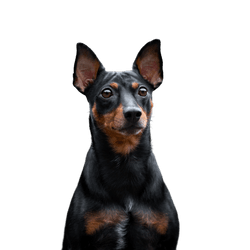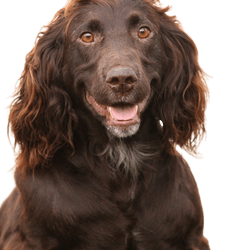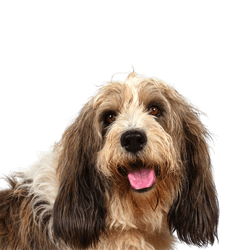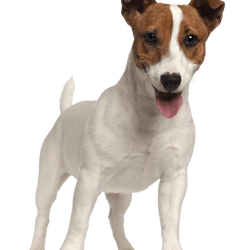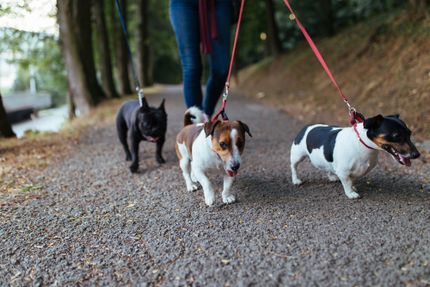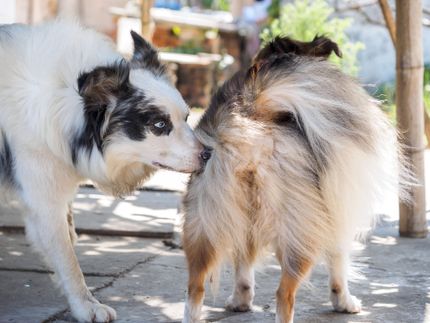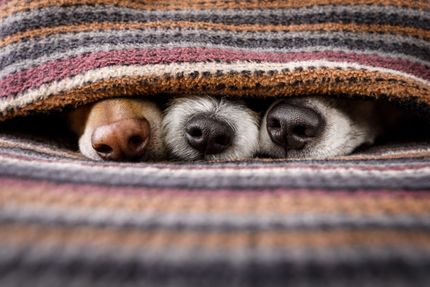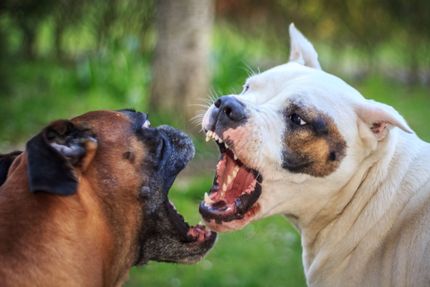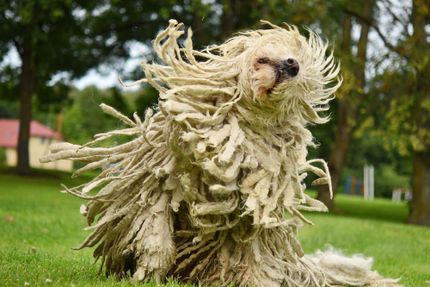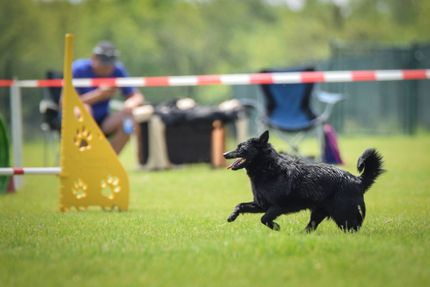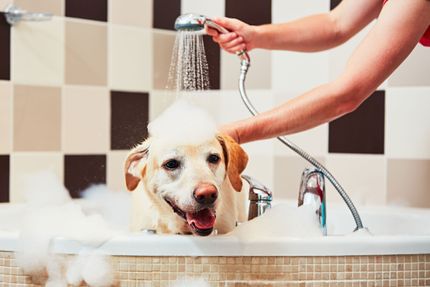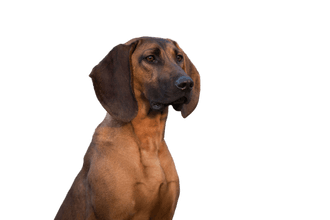
Hanoverian Scent Hound Breed description: Character & Co
Hanoverian Scent Hound
Facts & Origin
Hanoverian Scent Hound - A description of the breed
What is the origin of the Hanoverian Scent Hound?
The Hanoverian Welding Dog is an old dog breed that goes back to the old European Bracken. The origins of the breed date back to the Baroque period, when noblemen maintained hunting lodges and so-called Jägerhöfe for their pastime. The Jägerhof of Hanover was one of the first of its time. Since 1657 the Hanoverian bloodhounds were bred and trained there, which can be traced back to Celtic times. Breeding according to today's standards began in 1894 in Erfurt with the founding of the Hirschmann Club, which was dedicated to the breeding and care of the Hanoverian Scent Hound and which also established the guidelines for the breed. However, the breed has borne its name a little longer, namely since 1885.
Today, the Hanoverian Scent Hound is a recognized dog breed by the FCI, the "Fédération Cynologique Internationale", where it carries the standard number 213 in group 6, section 2. This means that he is a bloodhound within the group of the running and bloodhounds.
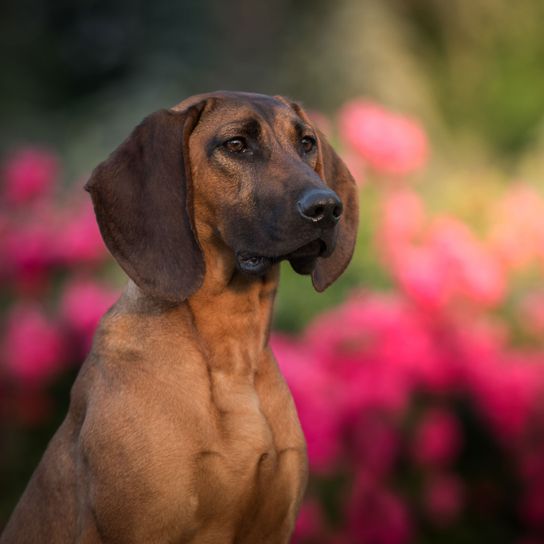
| Alternate Name | - |
| Origin | Germany |
| Life expectancy | 12 - 15 years |
| Care requirements | low-maintenance |
| Activity level | average to high |
| FCI group | Leash (scent) Hounds |
| AKC group | not recognised |
| KC group | not recognised |
Attitude, character and temperament of the breed
The character of the German Hound
The Hanoverian Scent Hound is a distinct hunting dog, and it cannot hide that fact. Normally, it is characterized by a calm, deliberate and very peaceful nature, which makes it a very pleasant companion. However, as a dear family dog it is only conditionally suitable. Because as soon as it smells the scent of an injured animal, it remembers his real task and follows it highly concentrated and barking loudly. It can pick up the scent from a great distance and follow it unflinchingly for days. Therefore it is considered one of the most persistent and toughest hunting dogs at all.
Hanoverian bloodhounds are very docile and never forget what you have taught them. But you cannot train them, they are too independent for that.
It is not a dog for the city and certainly not an apartment dog. It is ideal for it if it lives with you in a house at the edge of the forest, ideally with a large garden. There it will find the exercise and activity it needs as a hunting dog. The garden should be fenced in, because if the dog smells a scent, there is nothing to stop it from doing its job as a bloodhound and tracking down injured game.
It wants and needs to be kept busy. Normal, daily walks with it are absolutely not enough. These dogs want and need to be encouraged and challenged on a daily basis, especially if you do not use them for hunting, as is actually intended. Then they need some other for them meaningful, challenging activity. Therefore and because of their intelligence they are well suited for dog sports. If the dog does not get enough and not enough interesting things to do, you as the owner will surely end up with a behaviorally disturbed animal.
Hanoverian Welding Dogs are very open and trusting towards their owners. Towards strangers they are rather reserved and reserved.
The education of a Hanoverian Welding Dog must be done calmly, consistently, but lovingly and with a lot of patience and is only a task for experienced dog owners. You are most likely to be considered here if you are a hunter, because this corresponds best to the character of the dog.
Character
Usage

Health and breeding information
The care
Your Hannoverscher Schweißhund is quite undemanding as far as grooming is concerned. It is sufficient to brush its coat every few days. If you have been out and about with your dog, please check its eyes and ears for parasites and see if it is injured or has thorns in his paws. These must be removed immediately, of course.
Also concerning the food the dog is undemanding, only the quantity should be co-ordinated with the activity of the dog. And the dog should not be fed immediately before, for example, a hunt, as this could result in gastritis.
The Hannoversche Schweißhund is a robust and healthy animal, which is not prone to any breed-typical diseases. Of course, you should still take your dog to the vet regularly.
Acquisition of a Hanoverian Scent Hound
When buying a Hannoverscher Schweißhund, a responsible Hannoverscher Schweißhund breeder will only place an animal, whether puppy or adult, in suitable hands. So you should have experience and be able to offer the dog the right life for him. The mentioned club Hirschmann, for example, does not necessarily require you to be a hunter, but you have to become a member of the club, the club will train you and even needs guarantors before you - maybe - get a dog. This may sound strict, but the club takes care of its animals, and they are not unpretentious lapdogs. You can see that also in the price: Hannoverscher Schweißhund puppies cost around 800 to 900 Euro.


The breed characteristics of the Hanoverian Scent Hound
The Hanoverian Welding Dog is a medium-sized, strong and well-proportioned dog with comparatively short legs, which is due to its stance when working - always with its nose to the ground. Males are larger and heavier than females:
- Males: between 50 and 55 centimeters tall and 30 to 40 kilograms heavy.
- bitches: between 48 and 53 centimetres tall and 25 to 35 kilograms heavy
Hanoverian Sweat Dogs have a broad chest and a slightly wrinkled forehead and dark eyes, which is why they always look somewhat serious.
- Ears; medium long and drooping
- Tail: slightly curved
- Coat: short, dense, smooth and coarse and from light red to dark red in colour, perhaps brindle.
Hanoverian Sweat Dogs have a life expectancy of about 12 years.
| Fur length | short |
| Fur | flat coated |
| Ear shape | Floppy Ear |
| Tail | lang |
| Anatomy | rugged, square |
| Size ♀ | 48 - 53 cm |
| Weight ♀ | 25 - 35 kg |
| Size ♂ | 50 - 55 cm |
| Weight ♂ | 30 - 40 kg |
| Suitable For | - |
Colors
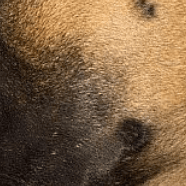

Known Diseases
Gastric torsion
Gastric torsion is a disease in which the stomach rotates around its own longitudinal axis. The cause of the disease is not known.
Other medium dogs
Useful Articles
You can find articles that might interest you in the dogbible blog to match your favorite breed.
Visit our magazineto stay up to date on dog trends.
To find out more, view our Privacy Policy
Find here the breed that suits you and find out what character traits it has. Here you can also learn more about the origin, size and weight of your favorite breeds.
Matching your favorite breed, you'll find articles that might interest you on the dogbible dog blog.
5 tips for holidays with dog in Austria
Allergy Dogs List: That Don't Shed
Biting power in dogs: These 7 breeds have the most power

